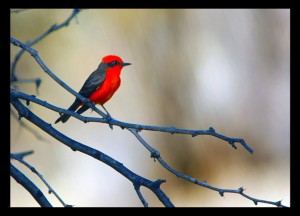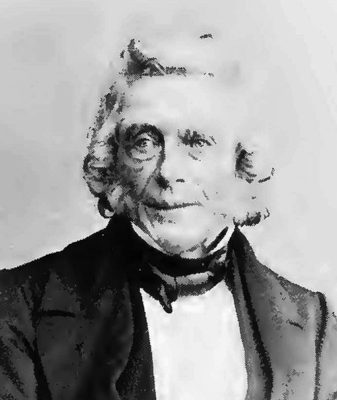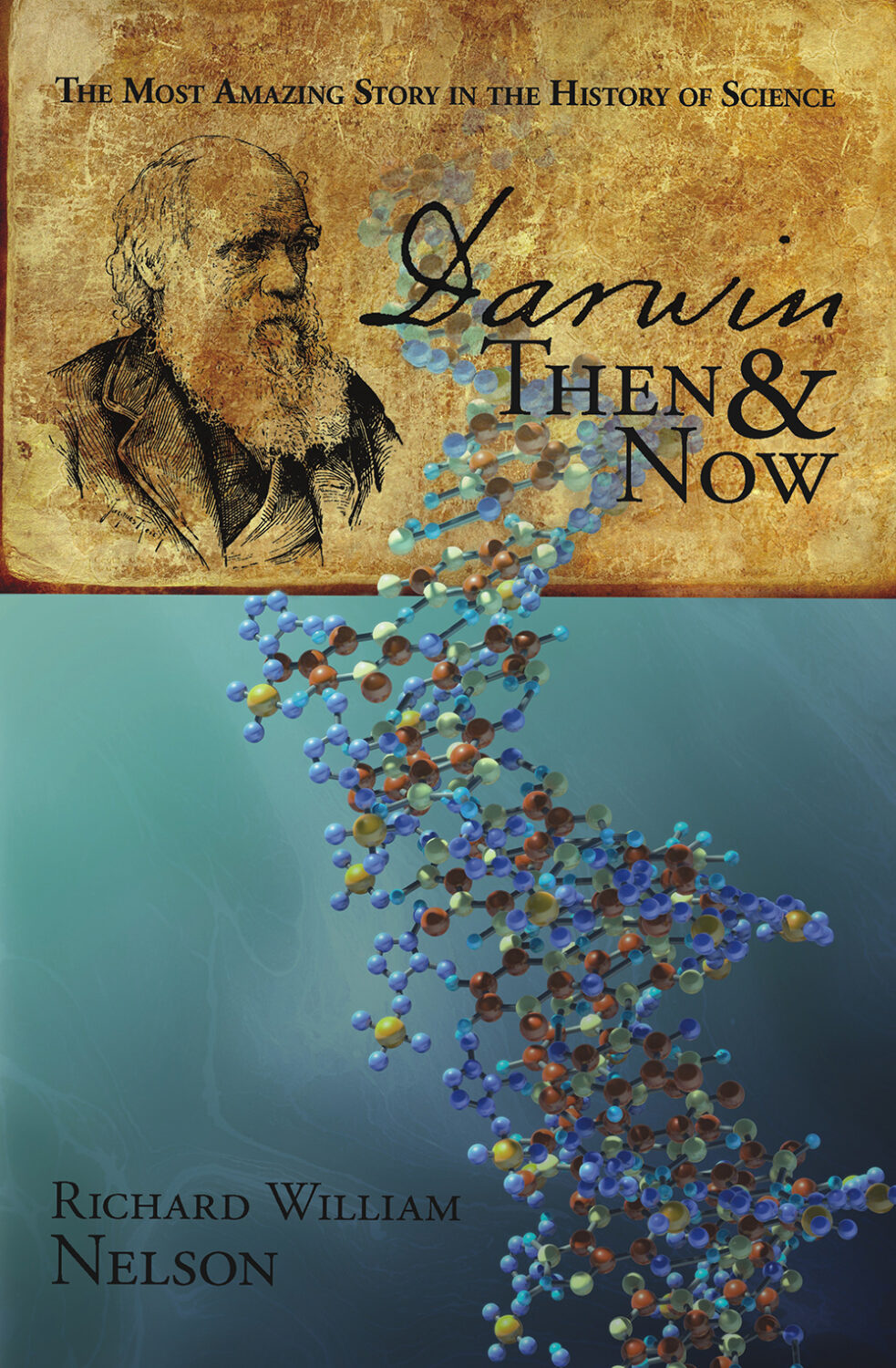by Richard William Nelson | Nov 4, 2014
 The European eel illustrates exactly why Charles Darwin’s theory of evolution has continued to be on the wrong side of science. Darwin once argued that.
The European eel illustrates exactly why Charles Darwin’s theory of evolution has continued to be on the wrong side of science. Darwin once argued that.
“By the theory of natural selection, all living species have been connected… So that the number of intermediate and transitional links, between all living and extinct species, must have been inconceivably great.”
Since the publication of The Origin of Species in 1859, Darwin’s “inconceivably great” number of evolutionary transitional links in the fossil record over the past 150 years remains missing despite the vast discovery of fossils.
Continue Reading
by Richard William Nelson | Sep 18, 2014
 New high-resolution CT scans of the Taung Child skull (pictured left) by an international research team led by Ralph L. Holloway of Columbia University in New York raise renewed questions about the institute’s inane Smithsonian evolution storytelling practices.
New high-resolution CT scans of the Taung Child skull (pictured left) by an international research team led by Ralph L. Holloway of Columbia University in New York raise renewed questions about the institute’s inane Smithsonian evolution storytelling practices.
Discovered in 1924 in South Africa, models of the skull have been duplicated for natural history museums worldwide, including the Smithsonian, as evidence of human evolution. Found near Taung, South Africa, the lynchpin skull was tagged with the common name of Taung Child because of the fossil’s estimated age of 3 years. It was later named Australopithecus africanus, meaning the “southern ape from Africa.” However, Hollow’s new high-resolution CT scan images undermine the long-held pre-Homo fossil status of the skull.
Continue Reading
by Richard William Nelson | Aug 28, 2014
 Two new research studies, one on Himalayan songbirds and one on Brazilian ants, arrive at conflicting conclusions on speciation. The songbird research study was published in the prestigious British journal Nature, while the ant research study was published in the American journal Current Biology.
Two new research studies, one on Himalayan songbirds and one on Brazilian ants, arrive at conflicting conclusions on speciation. The songbird research study was published in the prestigious British journal Nature, while the ant research study was published in the American journal Current Biology.
Trevor D. Price of the University of Chicago led the songbird study, and Christian Rabeling of the University of Rochester led the Brazilian ant study, both highly respected international teams.
While the findings in the Himalayan songbird study support Charles Darwin’s speciation theory of geographical isolation, the Brazilian ant’s findings undermine his theory. Speciation, an evolutionary term intended to explain how new species might have developed from existing species, is in trouble once again.
Continue Reading
by Richard William Nelson | Jun 9, 2014

The war over natural selection, then and now. Not only did Charles Darwin (1812-1882) plagiarize Patrick Matthew’s (1790-1874) (pictured left) work, but evolutionary scientists continue battling over the theory. Mike Sutton, a criminology expert at Nottingham Trent University, spent years cross-referencing the works of Darwin alongside those of Matthew. According to Sutton,
“I have no doubt, based on the weight of new evidence, that Darwin did read Matthew’s book and then went on to replicate his discovery and key themes.”
Science correspondent Sarah Knapton, in the article, “Did Charles Darwin ‘borrow’ the theory of natural selection?” published by The Telegraph (UK), reported on Sutton’s findings –
“Darwin must not only have been aware of Matthew’s work but borrowed from it heavily,” proving that “the naturalist [Darwin] lied.”
Continue Reading
by Richard William Nelson | May 22, 2014
 In The Origin of Species, Charles Darwin presented nature as a constant struggle, often coined as the “war of nature” or the “survival of the fittest.” As one dominates and eliminates others through a continuous process of competition and change, Darwin argued, “extinction and natural selection go hand in hand.” Recent freshwater studies, however, on algae defy Darwin.
In The Origin of Species, Charles Darwin presented nature as a constant struggle, often coined as the “war of nature” or the “survival of the fittest.” As one dominates and eliminates others through a continuous process of competition and change, Darwin argued, “extinction and natural selection go hand in hand.” Recent freshwater studies, however, on algae defy Darwin.
Bradley Cardinale (pictured left) of the University of Michigan led a research team that performed experiments on 60 species of freshwater green algae and their impact on environmental conservation. According to Marlene Cimons of the National Science Foundation, unexpectedly, the evidence “failed to support Darwin’s theory.”
Continue Reading
 The European eel illustrates exactly why Charles Darwin’s theory of evolution has continued to be on the wrong side of science. Darwin once argued that.
The European eel illustrates exactly why Charles Darwin’s theory of evolution has continued to be on the wrong side of science. Darwin once argued that.

 Two new research studies, one on Himalayan songbirds and one on Brazilian ants, arrive at conflicting conclusions on speciation. The songbird research study was published in the prestigious British journal Nature, while the ant research study was published in the American journal
Two new research studies, one on Himalayan songbirds and one on Brazilian ants, arrive at conflicting conclusions on speciation. The songbird research study was published in the prestigious British journal Nature, while the ant research study was published in the American journal 
 In
In 